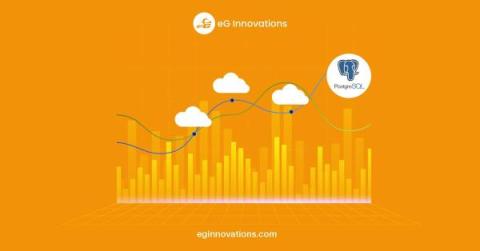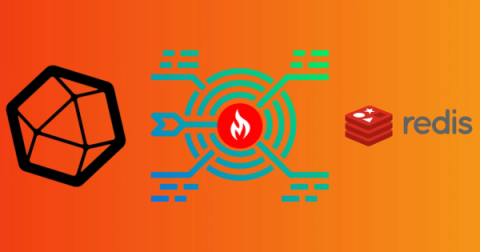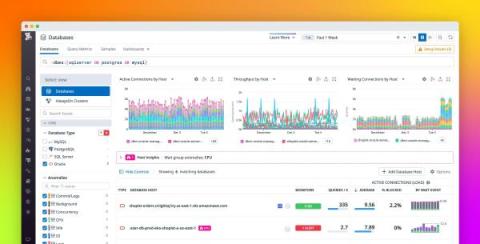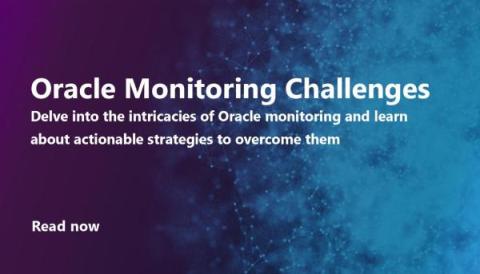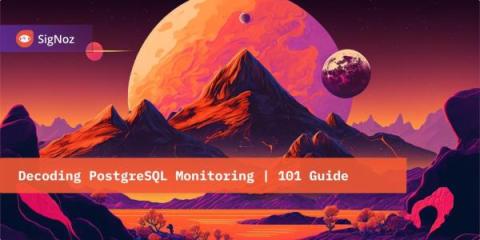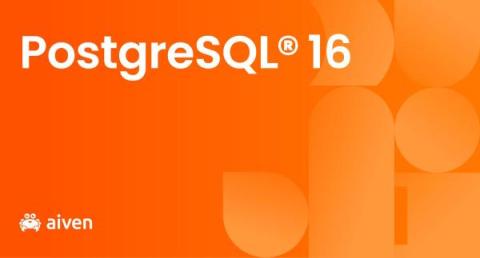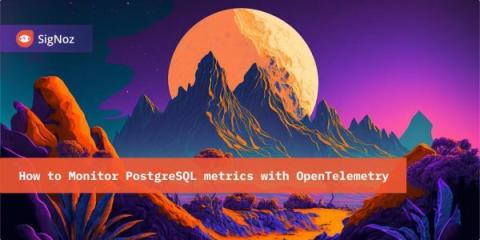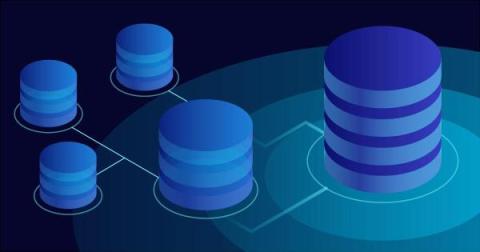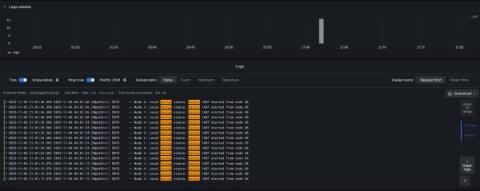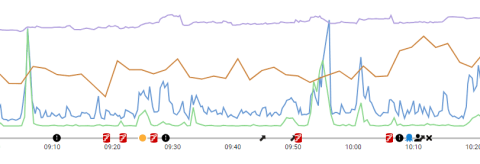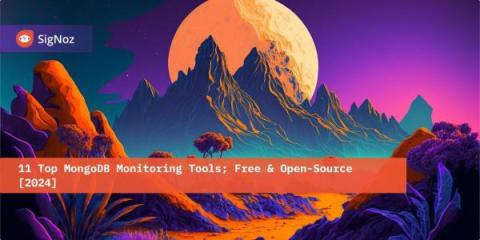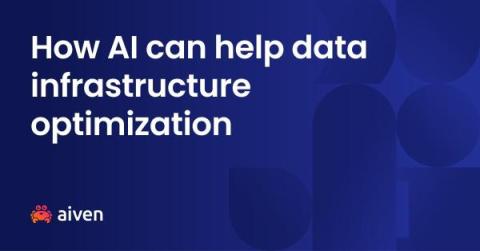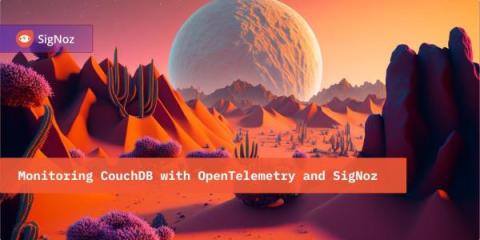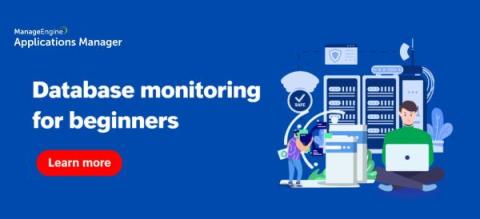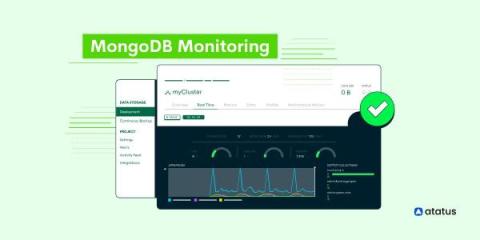Operations | Monitoring | ITSM | DevOps | Cloud
January 2024
One Click Deploy Postgres & Redis with Netlify
Database Trends 2024: The Power of Cloud, Consumption Models, and the Popularity of PostgreSQL
Step-by-step Guide for Monitoring Redis Using Telegraf and MetricFire
Monitor Oracle managed databases with Datadog DBM
Challenges in Oracle Monitoring and How to Overcome Them
Decoding PostgreSQL Monitoring | 101 Guide
Enhanced performance with PostgreSQL 16
How to Monitor PostgreSQL metrics with OpenTelemetry
Icinga DB Web migration made easier
For users using monitoring module, migrating their custom dashboards, navigation items and permissions and restrictions to Icinga DB Web has been made easier with the recent Icinga DB Web release (v1.1.1) through its migrate command. Once Icinga DB Web has been upgraded to v1.1.1, run the command icingacli icingadb migrate --help to see the avaliable actions under migrate command and what each action does.
How to monitor a MySQL NDB cluster with Grafana
Jason Mallory is a senior MySQL/SQL server database administrator who develops monitoring and alerting solutions for operations departments in the aerospace industry. Jason is also a Grafana Champion. MySQL Network Database — or NDB, for short — is an in-memory, sharded database platform. Consisting of several moving parts, NDB can be one of the most challenging database platforms to monitor. However, monitoring NDB cluster health is crucial to ensure reliability and performance.
How to Monitor PostgreSQL With Telegraf and MetricFire
Marking deployments and more in Redgate Monitor
11 Top MongoDB Monitoring Tools; Free & Open-Source [2024]
How AI can change the game in the database and streaming system optimization field
Monitoring CouchDB with OpenTelemetry and SigNoz
Database monitoring and optimization | PostgreSQL 101
Introduction to Multi-Version Concurrency Control and Vacuum | PostgreSQL 101
Easy Ways to Fix Unrecognized Database Format Error in MS Access
EventSentry Troubleshooting: Managing Database Size
Database monitoring for beginners: 6 steps to get you started
The MongoDB Monitoring Toolkit
MongoDB is renowned for its ability to scale horizontally, accommodate dynamic schemas, and deliver high-performance results. However, the seamless operation of any database, including MongoDB, relies heavily on efficient monitoring to uncover insights, identify potential bottlenecks, and proactively address issues that may compromise performance and reliability.




